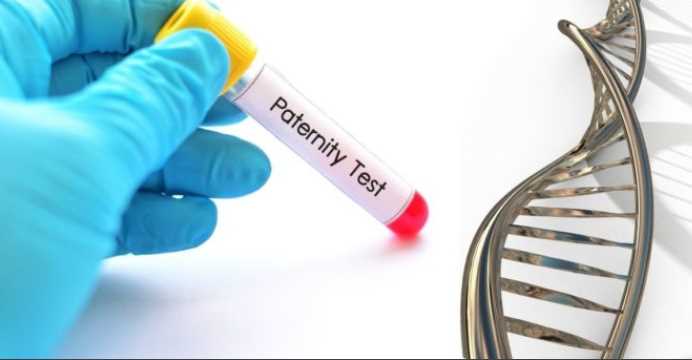Do you have a family history of any diseases or health problems? Maybe you were adopted and never met your biological parents. The results of a paternity test will tell you all you need to know. Discover the ins and outs of paternity tests and their many practical applications and advantages.
Paternity Testing: What Is It?
Every person’s DNA is like a fingerprint in that no two are alike. This is because it’s already present in the embryo’s chromosomes and genes. In essence, you inherit 25% each from your mother and father. Therefore, the results of a paternity test may definitively establish the identity of a child’s biological parent(s). It is determined by acquiring a DNA sample, analyzing it, and comparing it to your genetic makeup.
Possible Applications and Advantages of Paternity Testing
Paternity testing may be conducted for several different reasons.
Gather your child’s medical history.
Your offspring is a unique hybrid of your and your partner’s genetic makeup. This implies that by studying his father’s genetic code, you will be able to learn about his medical background via DNA testing. It may help you take the necessary precautions to protect your child’s health or identify any problems early on to reduce the severity of any potential consequences.
Building a solid emotional connection with your kid
Determining a child’s paternity may have a significant effect on parental feelings. If you know that a piece of you is in your kid, bonding with them is much simpler.
To satisfy the law
Paternity testing is typically ordered by the court when one party seeks child support from the father after a divorce. If the outcome is favorable, the kid will be eligible to receive financial assistance from his father and social security payments.
Pater paternity testing may also be necessary to petition your family members for lawful citizenship in the United States. The U.S. government may require applicants to submit the results of a paternity test as part of their immigration paperwork.
Recognize who you are.
Adopted children who grow up without answers to fundamental questions about who they are will always feel a sense of loss and longing. A paternity test might help put your mind at ease by answering inquiries about your family tree. Knowing your ancestry might help alleviate anxiety about your identity.
Performing Paternity Tests
A sample of the client’s DNA is taken and analyzed to determine paternity. Most often, blood or cells inside the cheek are collected for analysis. The sample is then analyzed in a lab to identify the genetic material.
What Role Do DNA Tests Play?
In reality, there are a variety of applications for them. Stated below are the bleeding obvious:
When establishing paternity or paternity for child support purposes
Without the father’s consent, you can collect his DNA and have it tested, but the results cannot be used in court. To be legally binding, a paternity test requires the father to sign an authorization document known as a “Chain of Custody,” and the testing laboratory must adhere to specific protocols. The court may order him to take the exam, notwithstanding his appeal. If he agrees to take the test after signing the paperwork, you will have legally binding proof of paternity.
For Legal Parenthood Recognition
The process of determining parental rights begins with establishing paternity. When issuing a ruling, the court takes this into account. Other aspects are also considered, such as:
- Which parent does the youngster feel most secure with? Which parent has consistently met the child’s material and emotional needs up to this point?
- All of the parents’ health conditions, both physiological and psychological
- The quality of the kid’s education right now
- How might a change in the child’s circumstances be detrimental to him?













